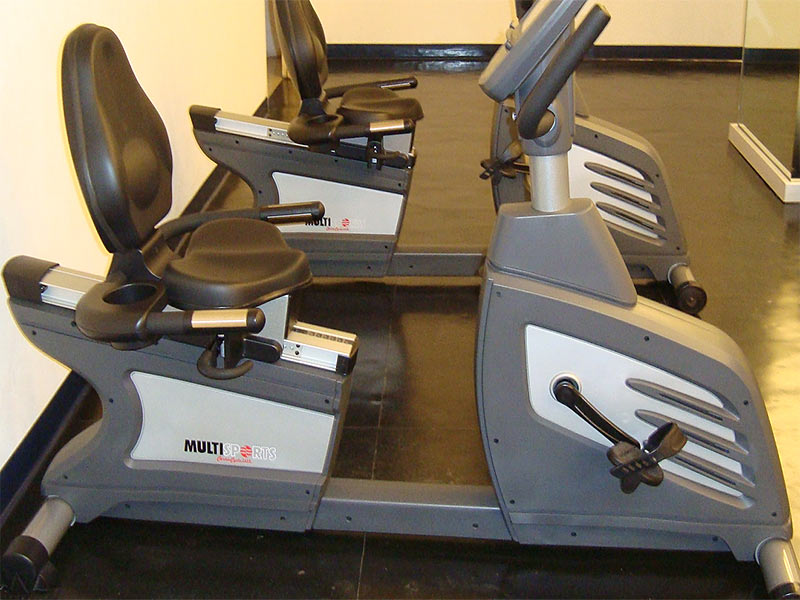It is common sense that the better shape that you’re in physically, the greater your odds of enjoying a healthier and longer life. For examples, most studies have shown that the risk of having a heart attack or stroke in an unfit individual is eight times greater than in a physically fit individual. Researchers have estimated that every hour of exercise leads to a two-hour increase in longevity. That is quite a return on investment.
Early Studies
One of the first detailed studies on exercise and longevity was the Aerobics Center Longitudinal Study. This study involved 9,777 men aged 20-82 who had completed at least two preventive medical examinations at the Cooper Clinic in Dallas, Texas, from December 1970 through December 1989. Even though by standard definitions all men in the study could be classified as fit, for the purpose of category analysis, they were categorized by their level of fitness based on their exercise tolerance in a standard treadmill test. The men were divided into five groups, with the first group being labeled unfit and groups 2-5 being categorized as fit. The higher the group number, the higher the level of fitness.
The highest age-adjusted death rate (all causes) was observed in men who were unfit at both exams (122.0 deaths per 10,000 man years); the lowest death rate was in men who were physically fit at both examinations (39.6 deaths per 10,000 man years). Furthermore, men who improved from unfit to fit between the first and subsequent examinations had an age-adjusted death rate of 67.7 per 10,000 man years, representing a reduction in mortality of 44% relative to men who remained unfit at both exams. Improvement in fitness was associated with lower death rates after adjusting for age, health status, and other risk factors for premature mortality. For each minute increase in maximal treadmill time between examinations, there was a corresponding 7.9% decrease in risk of mortality.
New Data:
Data from the National Health and Nutrition Examination Survey (2007-2010); National Health Interview Study mortality linkage (1990-2006); and U.S. Life Tables (2006) were used to estimate and compare life expectancy at each age of adult life for inactive (no moderate to vigorous physical activity); somewhat-active (some moderate to vigorous activity); and active (more than 150 minutes of moderate activity or 75 minutes of vigorous activity or an equivalent combination of the two intensities per week).
The hours of life gained per hour of leisure-time physical activity accumulated during the adult life span were estimated. White men were estimated to gain as much as 2.6 hours of life per hour of moderate activity and as much as 5.4 hours of life per hour of vigorous activity. White women were estimated to gain as much as 5.6 hours of life per hour of moderate activity and as much as 11.3 hours of life per hour of vigorous activity. Results in non-Hispanic black men showed a gain 2.3 hours of life per hour of moderate activity and as much as 5.4 hours of life per hour of vigorous activity while results in non-Hispanic black women showed a gain 5.6 hours of life per hour of moderate activity and as much as 11.3 hours of life per hour of vigorous activity.
No significant effect was seen in Hispanics due presumably due to the high level of occupational physical activity.
What the results indicate is that exercise produces quite a payoff in longevity and the effect is significantly greater than the previous studies showed.
Reference:
Janssen I, Carson V, Lee IM, et al. Years of life gained due to leisure-time physical activity in the U.S. Am J Prev Med 2013;44(1):23-29.




